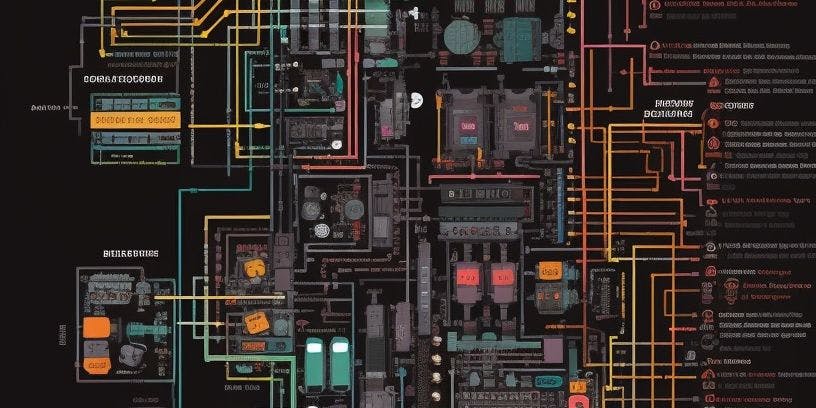Bug Hunting Infrastructure: A Journey in Infrastructure as Code (IaC)



Bug Hunting Infrastructure: A Journey in Infrastructure as Code (IaC)
In the fast-paced world of bug bounty hunting, one needs to be armed with the right tools. As someone who started web application testing (or bug bounty hunting) just last year, I've grown fond of using reconftw and nuclei with axiom. This setup allows me to command a multitude of servers simultaneously, maximizing efficiency and results.
However, as my passion for bug hunting deepened, so did the desire to take my infrastructure to the next level. This led me to the concept of Infrastructure as Code (IaC), an approach that could provide a scalable, repeatable, and portable infrastructure for my operations.
Leveling Up with Infrastructure as Code
The IaC paradigm appealed to me because it would allow me to describe and provision my entire infrastructure starting at the Top Level Domain (TLD) using code stored on Github. This means, instead of manually setting up servers, networks, and other resources, I could define all these elements in code files and then use software to automatically set up and manage my infrastructure.
I chose to implement this using a combination of Ansible, Terraform, and Docker, each playing a distinct yet integrated role in the infrastructure management process.
The Layered Approach
Ansible: Configuration Management & Orchestration
At the top layer of the architecture, Ansible manages the configuration of the servers. This includes tasks such as software installation, user management, and maintaining the desired state of the systems. Ansible can also orchestrate more complex IT tasks such as continuous deployments or zero downtime rolling updates.
Terraform: Infrastructure Provisioning
The middle layer is where Terraform comes into play. Terraform is responsible for creating and managing the underlying infrastructure. This includes actions such as creating and configuring cloud resources like virtual machines, load balancers, network configurations, and more. Importantly, the setup of the Top Level Domain (TLD) would typically be configured in DNS settings, which is often managed as part of the infrastructure provisioning layer with Terraform.
Docker: Application Deployment
Finally, at the bottom layer, Docker handles the packaging of the application into a container. This container can then be run on any system that supports Docker, simplifying application deployment across multiple servers.
Navigating the Challenges
Implementing an IaC approach wasn't without its hurdles. To start with, I had to learn how to work with Ansible playbooks and Terraform modules. Then there was the challenge of integrating these tools while ensuring that the entire setup was secure, reliable, and efficient.
There were also times when I had to make decisions on where certain aspects of the infrastructure should be managed. For example, the handling of the Top Level Domain (TLD) could be managed by either Terraform or Ansible, depending on the specifics of the setup.
Final Thoughts
In the end, the journey towards implementing Infrastructure as Code has been an enriching learning experience. Not only has it improved the scalability and repeatability of my bug hunting infrastructure, but it has also given me a deeper understanding of how cloud resources work.
The beauty of IaC is that it provides a clear path to scale and manage infrastructure efficiently. As a bug bounty hunter, it's vital to keep evolving and improving. For me, embracing Infrastructure as Code was a significant step in that journey, and I'm excited about the possibilities it unlocks for future growth.

